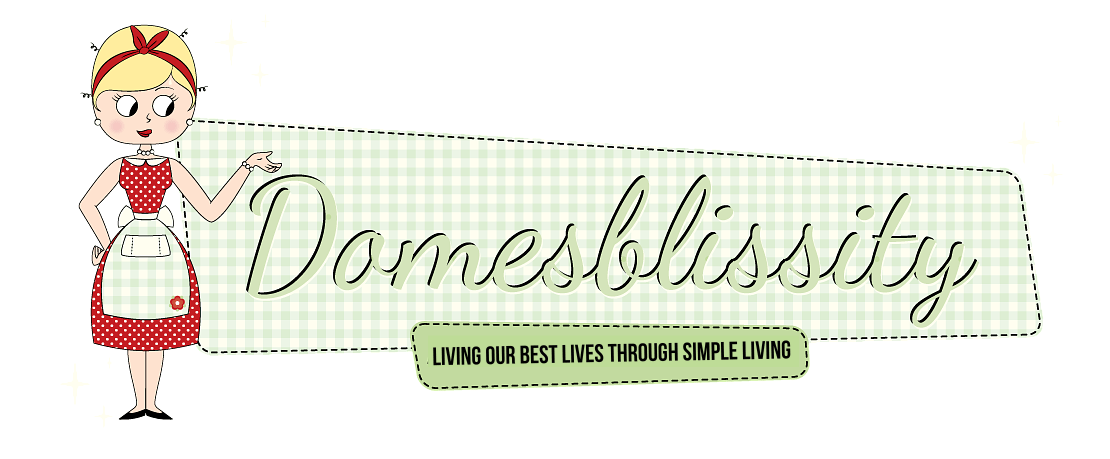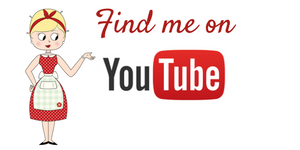It seems we are increasingly seeking holistic approaches to health and wellness. In my own country, an estimated 73% of Aussies use complementary medicine and natural therapies!

From ancient practices rooted in traditional medicine, to modern techniques influenced by cutting-edge research – there really is something for everyone looking to tackle those health problems the natural way.
From Acupuncture to Zoo Therapy, let’s make our way through the alphabet for an A-Z Guide of Alternative Therapies.
A is for Acupuncture -An ancient Chinese practice involving the insertion of thin needles into specific points on the body to stimulate energy flow and promote healing. Fun fact: There are over 300 acupuncture points located on the body – each with its own function in emotional, mental, and physical well-being!
B is for Biofield Tuning – If this one makes you think of tuning a radio, you’re not far off. Biofield Tuning involves the use of sound frequencies to balance and align the body’s energy field, promoting relaxation and reducing stress.
C is for Chiropractic Care – Chiropractors specialise in musculoskeletal issues, primarily focusing on the spine. Through manual adjustments which are designed to enhance the optimal spinal function and the body’s natural ability to heal, they aim to alleviate back pain, neck and shoulder pain, etc.
D is for Dry Needling – A technique used by some physical therapists – including chiropractors – that involves inserting thin needles into trigger points to alleviate pain and improve muscle function.
E is for Ear Candling – A somewhat controversial practice involving placing a hollow candle in the ear to remove excess wax and improve ear health. Be careful with this one, as it can be risky holding a lit candle so close to your face.
F is for Float Tank Therapy – Otherwise known as sensory deprivation tank therapy, this provides a unique environment for relaxation by immersing you in a buoyant solution, offering a sense of weightlessness and tranquility. Fans say it’s great for improving sleep!

G is for Gua Sha – A traditional Chinese medicine practice where a tool is used to scrape the skin to release unhealthy body matter, stimulating blood flow and promoting metabolic cell repair, regeneration, and recovery.
H is for Hypnotherapy – Hypnotherapy utilises guided relaxation and focused attention to achieve a heightened state of awareness, addressing various issues from pain management to behavioural change.
I is for Iridology – Iridologyinvolves analysing the patterns and colours of the iris to assess an individual’s overall health and potential imbalances.
J is for Japanese Acupuncture – A variation of traditional Chinese acupuncture, focused on gentle needle techniques and meridian balancing.
K is for Kinesiology – Kinesiology combines muscle monitoring with the principles of Chinese medicine to identify imbalances in the body’s energy flow and promote overall well-being.
L is for Light Therapy – Also known asphototherapy, light therapy uses exposure to specific wavelengths of light to treat conditions such as seasonal affective disorder (SAD) and skin disorders. Some research has also found it to be effective in treating depression.
M is for Massage Therapy – Who doesn’t love a great massage! Massage Therapy involves manual manipulation of soft tissues to promote relaxation, reduce muscle tension, and enhance overall physical and mental well-being.
N is for Naturopathy – Naturopathy emphasises natural healing modalities, including herbal medicine, nutrition, and lifestyle counselling, to address the root causes of illness.
O is for Osteopathy – Osteopathy focuses on the musculoskeletal system and its interconnection with the body’s overall health, using manual techniques for pain relief and improved function. While chiropractors are more likely to use chiropractic adjustments to correct misalignments, osteopaths focus on manipulating soft tissues through stretching and massage.
P is for Pet Therapy – Life doesn’t get much better than when you’re cuddling a fluffy friend! As the name suggests, pet therapy involves interactions with animals to improve physical and mental health, reducing stress and enhancing overall well-being.
Q is for Qi Gong – Qi Gong, a Chinese practice, combines gentle movements, breath control, and meditation to cultivate and balance the body’s vital energy (qi).
R is for Reflexology – Reflexology targets specific reflex points on the feet, hands, and ears to stimulate healing responses in corresponding organs and systems throughout the body.

S is for Sound Healing – Sound Healing uses vibrations and frequencies to promote relaxation, reduce stress, and restore harmony to the body and mind.
T is for Traditional Chinese Medicine – Traditional Chinese Medicine incorporates acupuncture, herbal medicine, and other modalities to restore the body’s balance of vital energy.
U is for Urine Therapy – While there’s no scientific evidence to support its effectiveness, urine therapy involves the application of human urine on the skin, gums, or as a drink for medicinal purposes. (Gross!) It was popularised in the early 20th Century when British naturopath John W Armstrong used it to treat minor stings and toothaches.
V is for Vaginal Steaming – We’ve got celebrities like Gwyneth Paltrow to thank for this unique therapy which involves a woman sitting over steaming herbs to cleanse and revitalise her vagina and reproductive system.
W is for Water Therapy – Water Therapy encompasses various approaches, including hydrotherapy and aquatic exercise, to promote physical and mental well-being through water-based activities.
X is for EXit – Okay, ‘X’ had me a bit stumped, but ‘exit’ acknowledges that some individuals may choose to exit or abstain from certain alternative therapies and choose a more traditional medicine approach!
Y is for Yoga – A holistic practice originating from ancient India, combining physical postures, breath control, and meditation to promote flexibility, strength, and mental clarity.
Z is for Zoo Therapy – Like pet therapy, zoo therapy involves interacting with animals in a zoo setting to promote emotional well-being and reduce stress. The connection between humans and animals in a controlled environment can have therapeutic effects, fostering a sense of connection with the natural world.
As you can see, the wellness world is buzzing with alternative therapies that go well beyond your usual prescription! But as with any healthcare approach, it’s important to consult with qualified practitioners, and integrate alternative therapies into your overall, individualised health and wellness plan.
So, whether you’re floating in a tank or getting your Qi Gong on, embrace the journey to wellness and hopefully enjoy a healthier, happier you!




